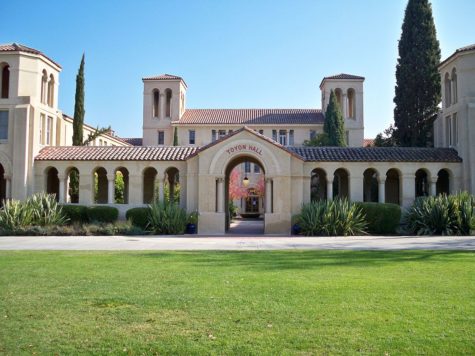In 2016, Amariyanna “Mari” Copeny was eight years old. Two years into the Flint water crisis, Copeny wrote a letter to President Obama asking him to come to Flint to discuss the future of clean water. Now, Copeny runs a successful GoFundMe to distribute clean water to her city.
I am six years older than the girl now known as Little Miss Flint, but I still look up to her. If you’re having trouble finding hope for the future, Copeny is the solution.
The average 8-year-old child does not know where their city gets water from, nor would they care if told. Now age 11, not only does Copeny know where and how her city gets its water, but she is also actively distributing clean water to her community.
The Flint water crisis is crystal clear evidence of environmental racism in the U.S.
Flint is 53.9% black and 41.2% of its citizens live in poverty. Normally, cities like Flint get minimal national attention when natural disasters occur, a trend known as environmental racism.
The Flint water crisis was not a natural disaster — it was caused by oversight when switching water sources, and a general lack of care for the health and safety of American minorities.
Flint also fell victim to the same cycle of relevance as climate change. America forgot about the crisis nearly as soon as it started; Flint is becoming more relevant as the fifth year of its water disaster comes around, but it will surely become irrelevant again.
Ongoing environmental issues tend to disappear from the public mind quickly. Think about the urgency with which most Americans view climate change. Though the state of their water is certainly vital to Flint residents, it does not affect the rest of the country.
The positive parallel between Flint’s water crisis and climate change is that the fight for a better future is being led by young people. Copeny is 11, yet she is the face of the fight for clean water. Perhaps this is because people her age will suffer the consequences of toxic water for longer, and she cannot afford to view this situation apathetically.
Little Miss Flint is proof that, quite literally, we are the products of our environments. And while she is an inspiration, the fact that an 8-year-old girl had to step up to the plate shines a depressing light on the state of American environmental politics.


















